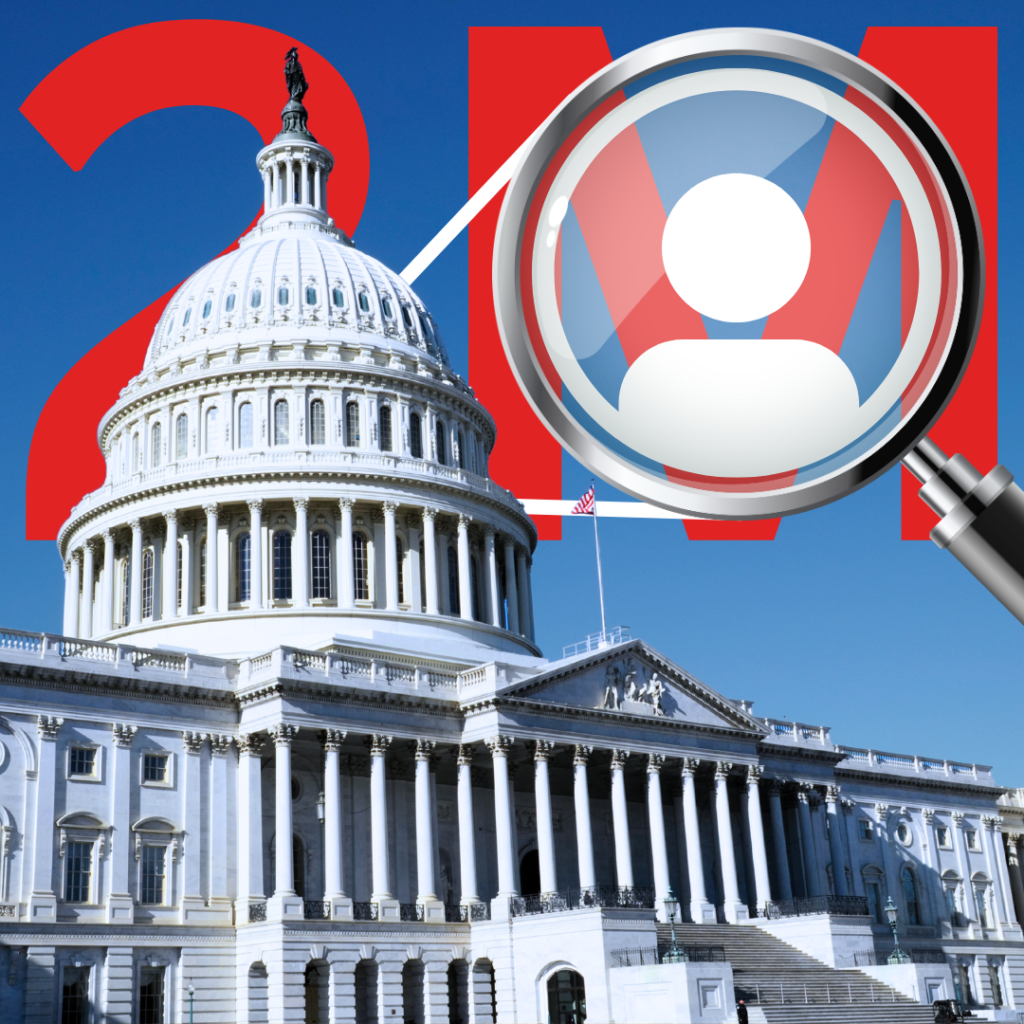The Partnership for Public Service recently published a profile of the federal government’s 2M civilian, executive branch employees based on data from FedScope. Here are some fun facts:
- Between 2019 and 2023, the federal workforce grew by ~140,000 employees.
- In 1945, the federal workforce represented 2.5% of the entire US population; today, federal government employees make up ~.6% of the US population.
- The vast majority of federal employees are involved in defense and national security (nearly 71%). The Department of Veterans’ Affairs has 20% of the entire federal workforce with 400,000 employees.
- The top occupational category in the government is medical and medically aligned positions; these include physicians, nurses, physical therapists, pharmacists, dental officers, veterinarians and many other public health occupations. There are ~310,000 federal employees in these occupations.
- Despite media reports to the contrary, only 20% of federal employees work in the Washington, DC-Maryland-Virginia area.
- Only 7.4% of federal employees are under the age of 30; this is lower than the US labor force; 42.6% of the federal workforce is 50+. New hires are primarily between the ages of 30 and 49 (55%)/
- The federal government is more diverse than the private sector with 60% of employees identifying as white (compared to 76% in the private sector). 26% of the members of the Senior Executive Service (SES) identify as people of color and 39% of SES members are women.
- 30% of federal employees are veterans.
- Education levels are higher in the government as well, with 53.8% holding at least an undergraduate degree (compared to 40.4% in the IS labor force).
Want more data? FedScope (www.fedscope.opm.gov) can provide it!

